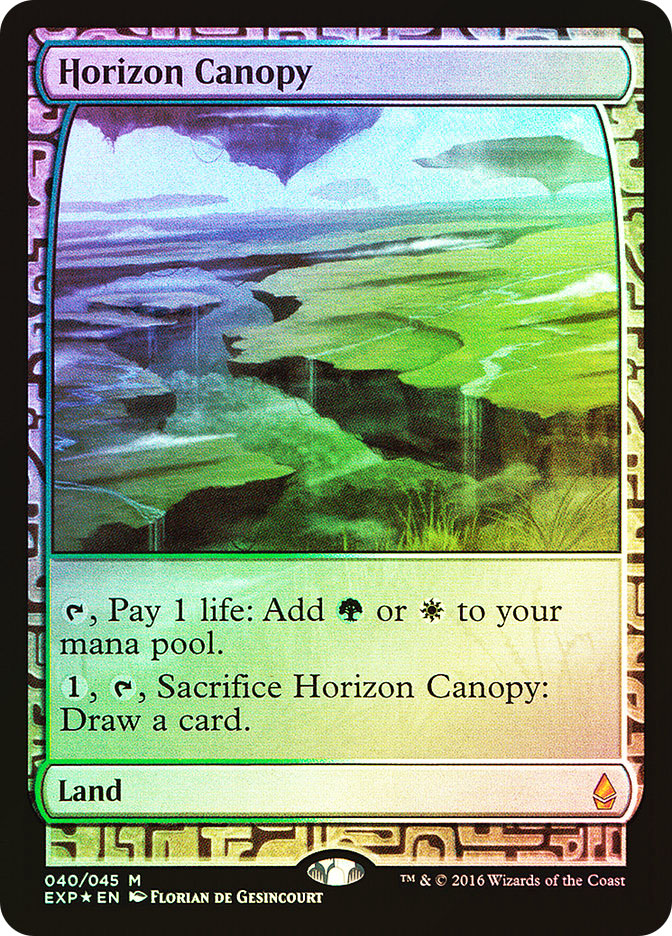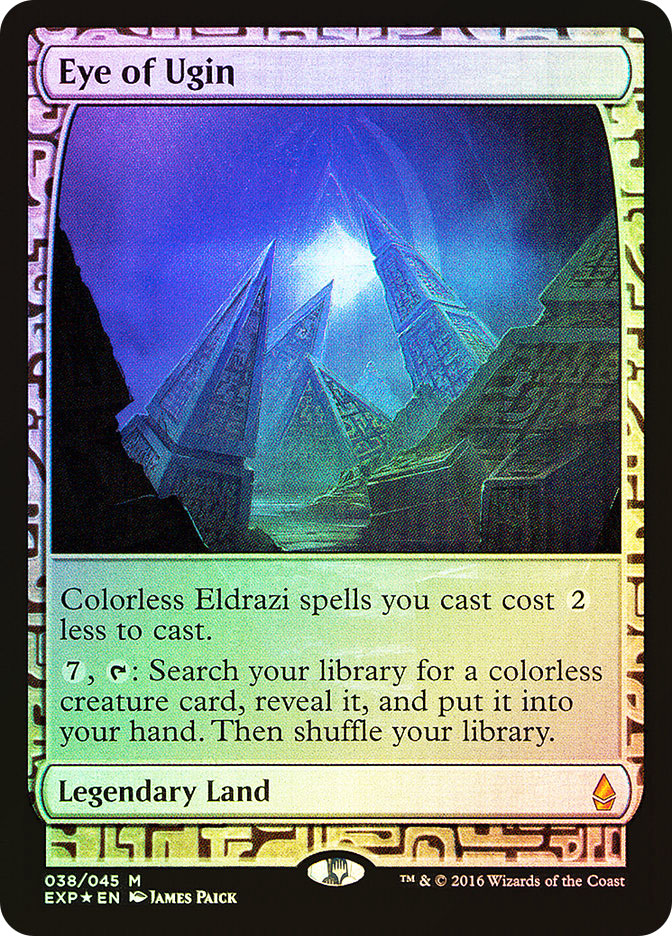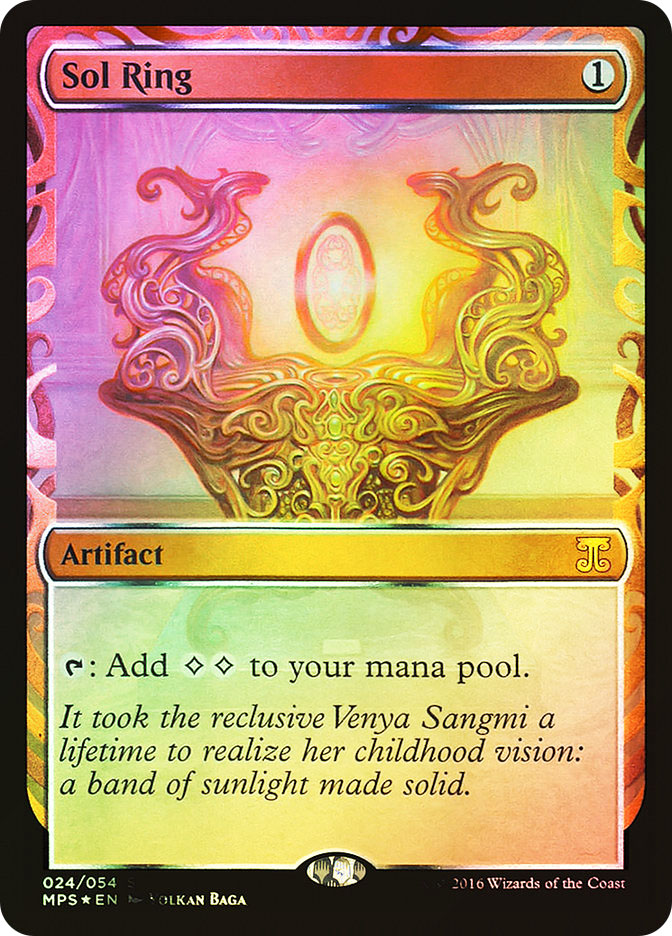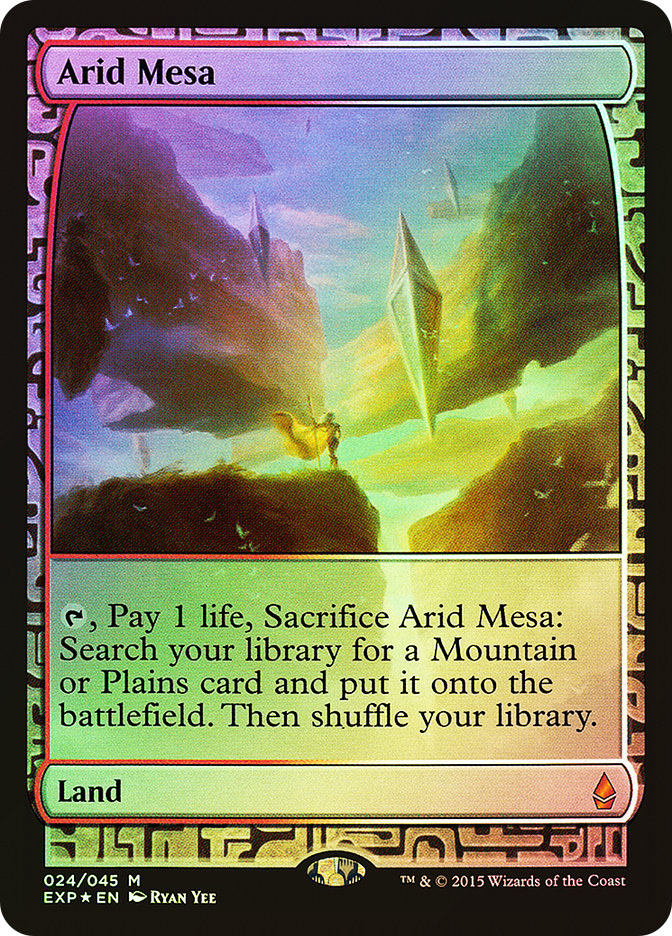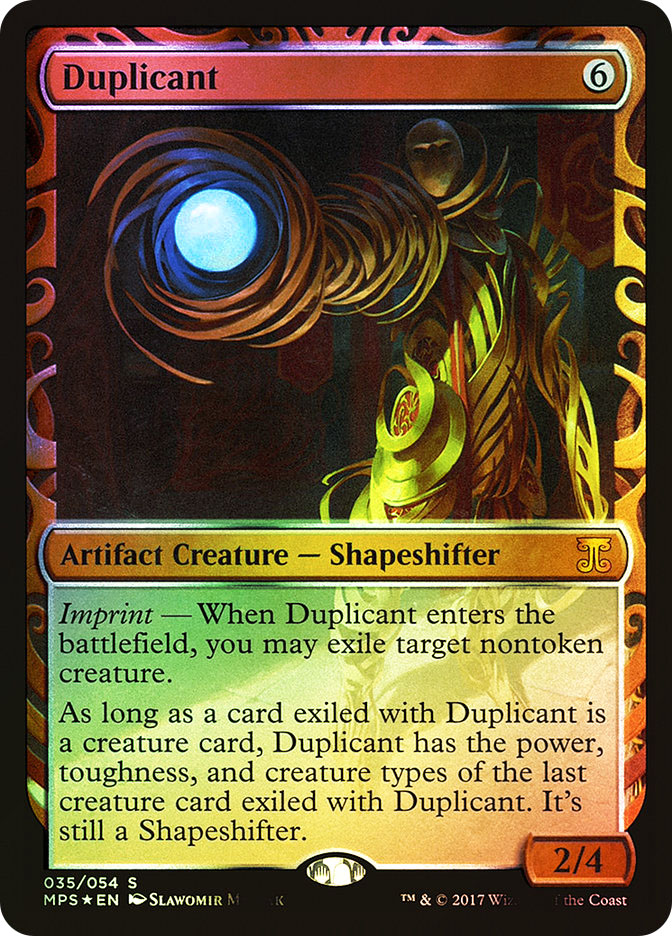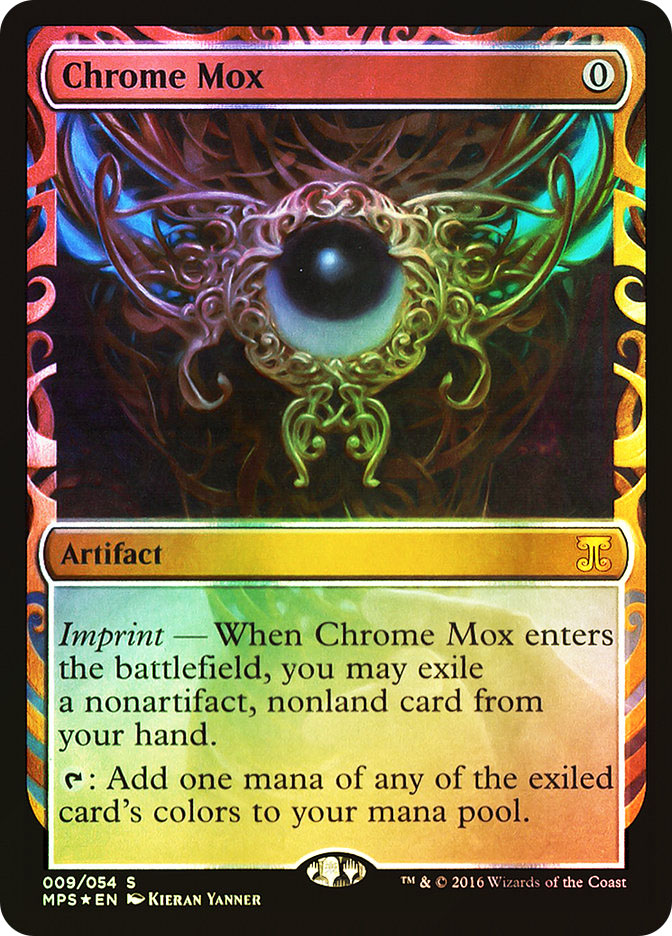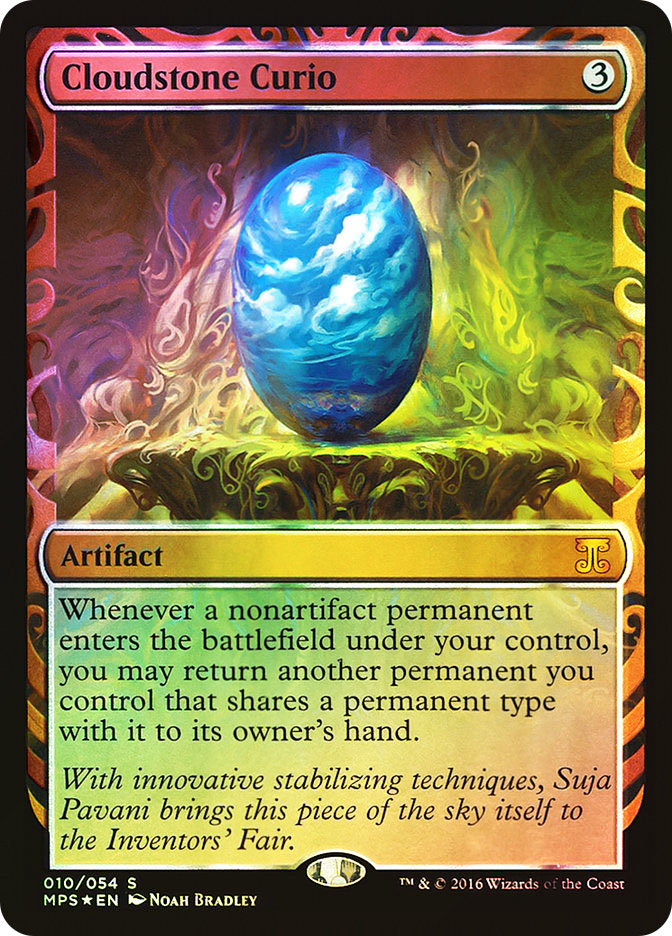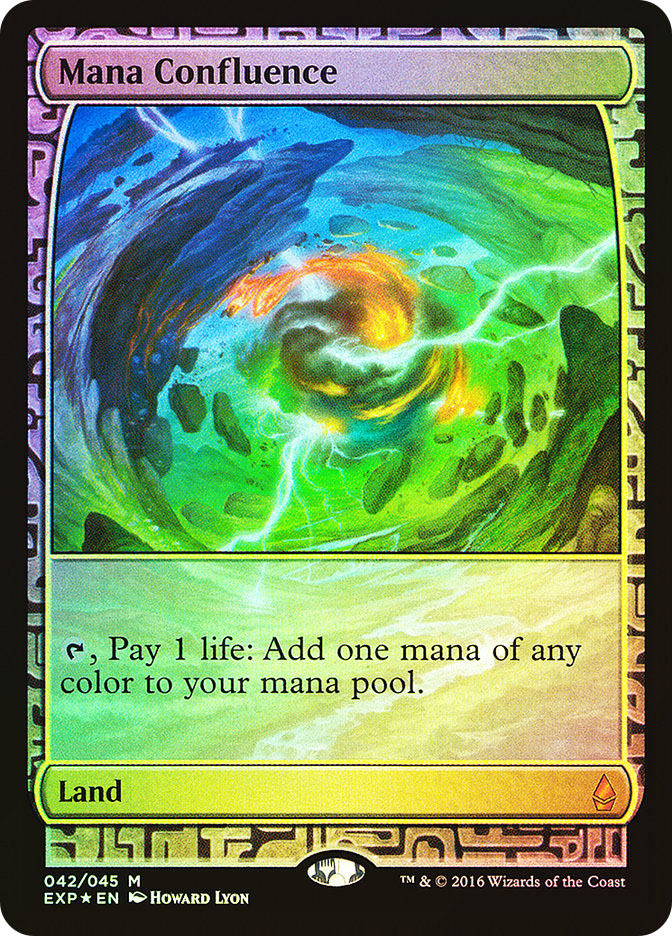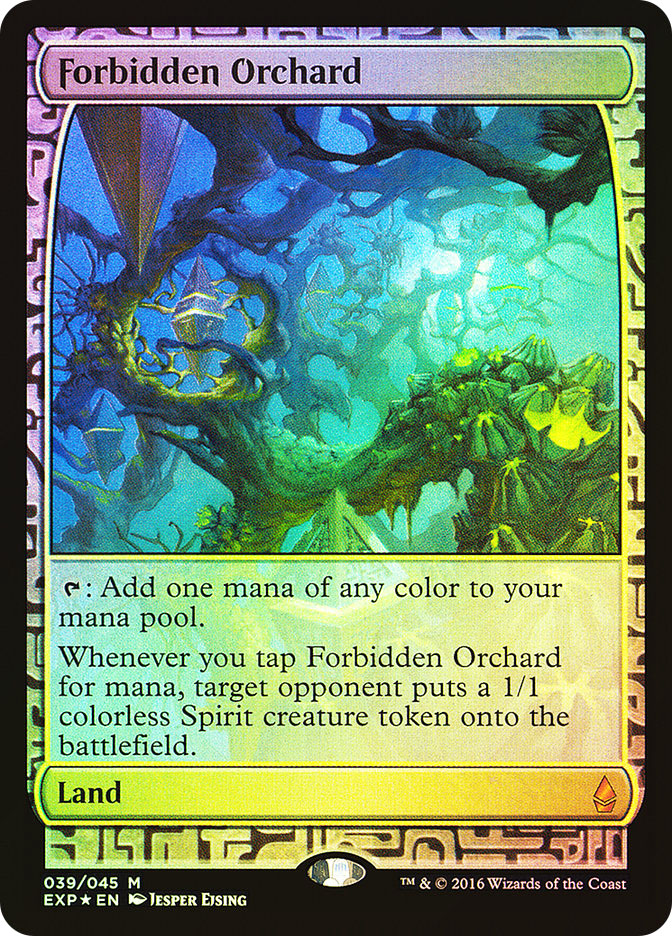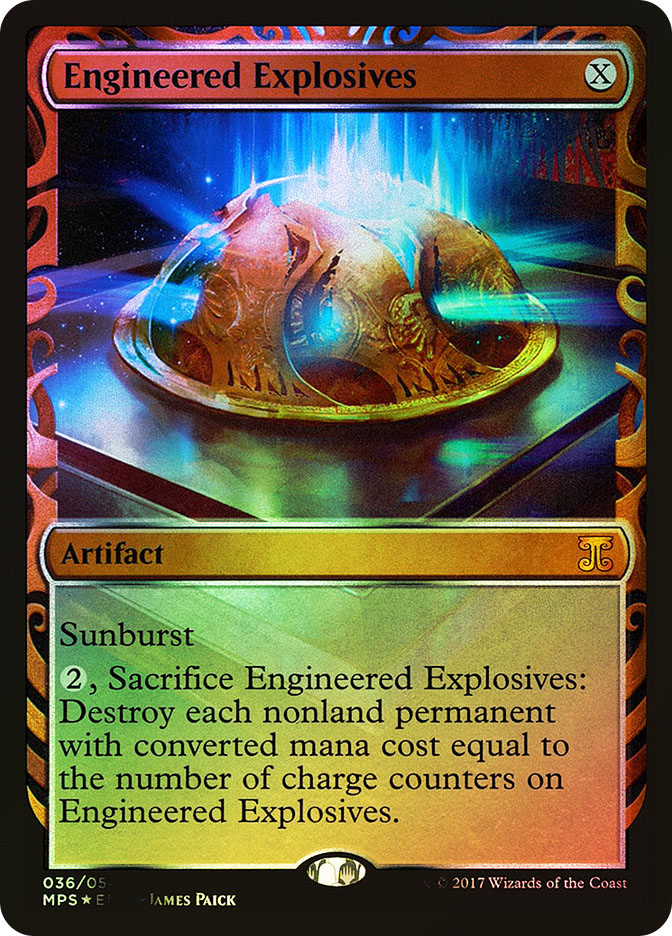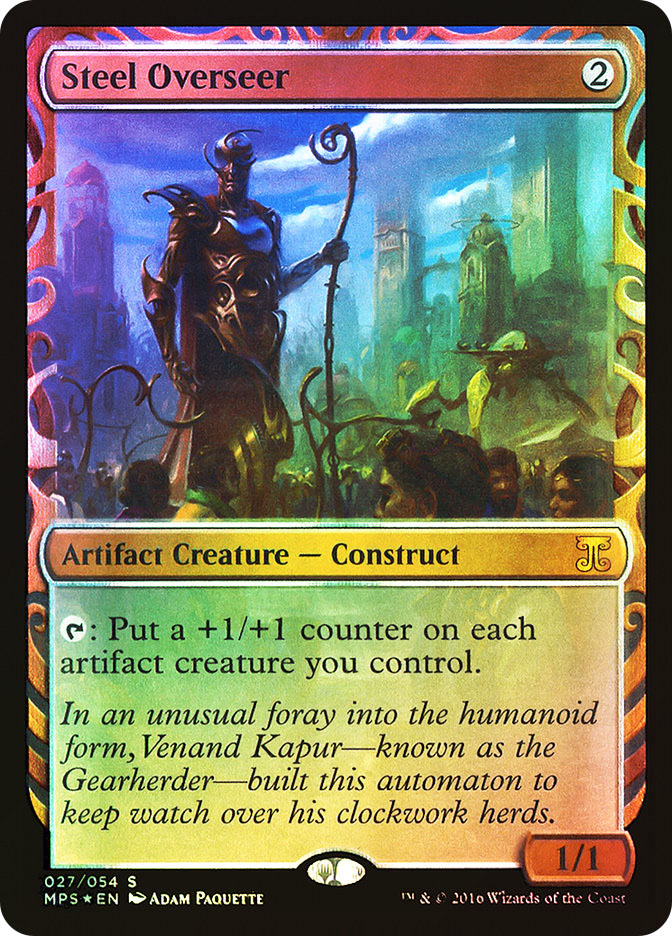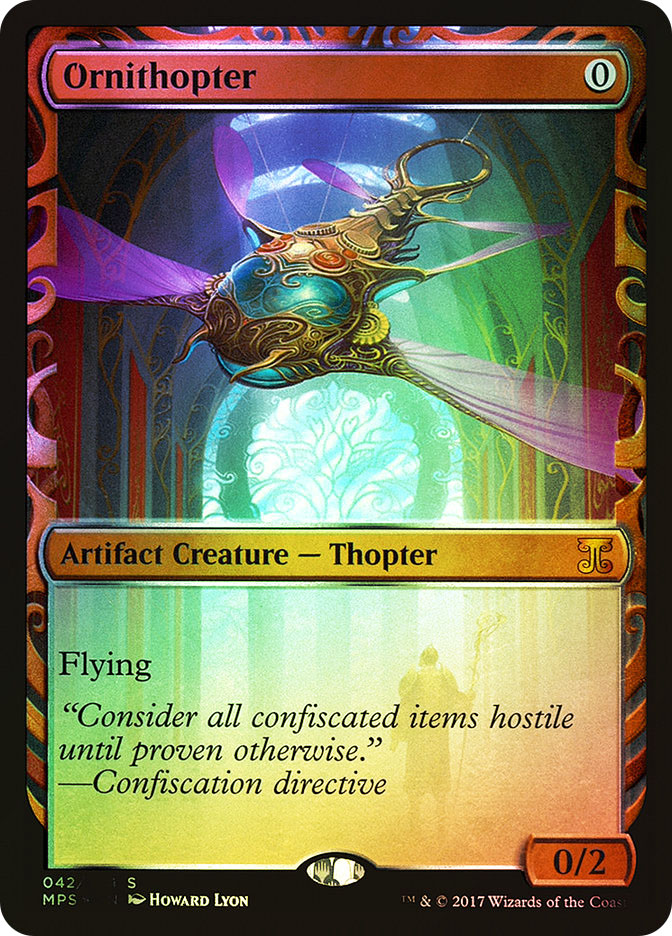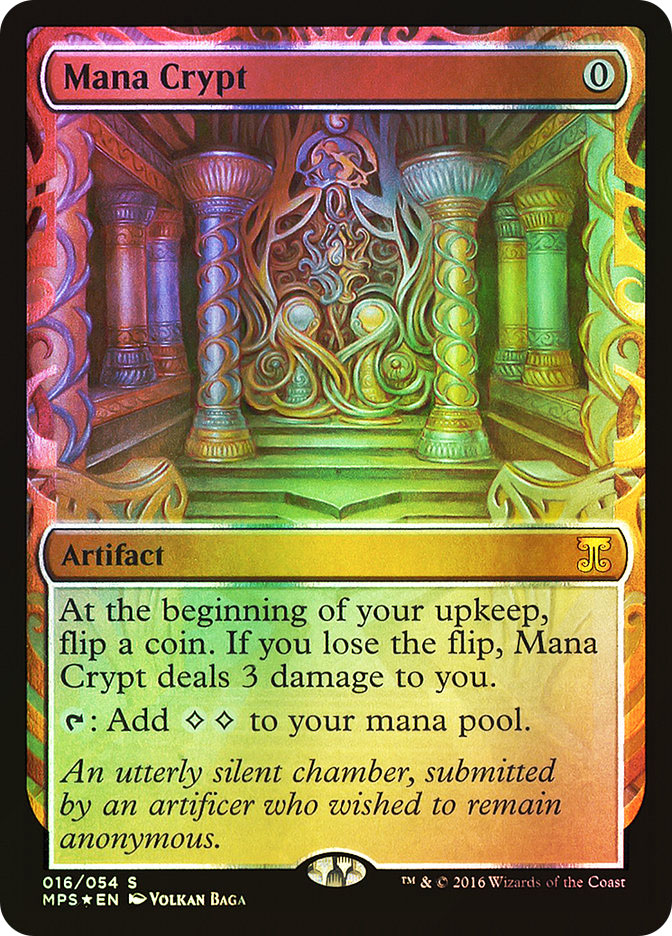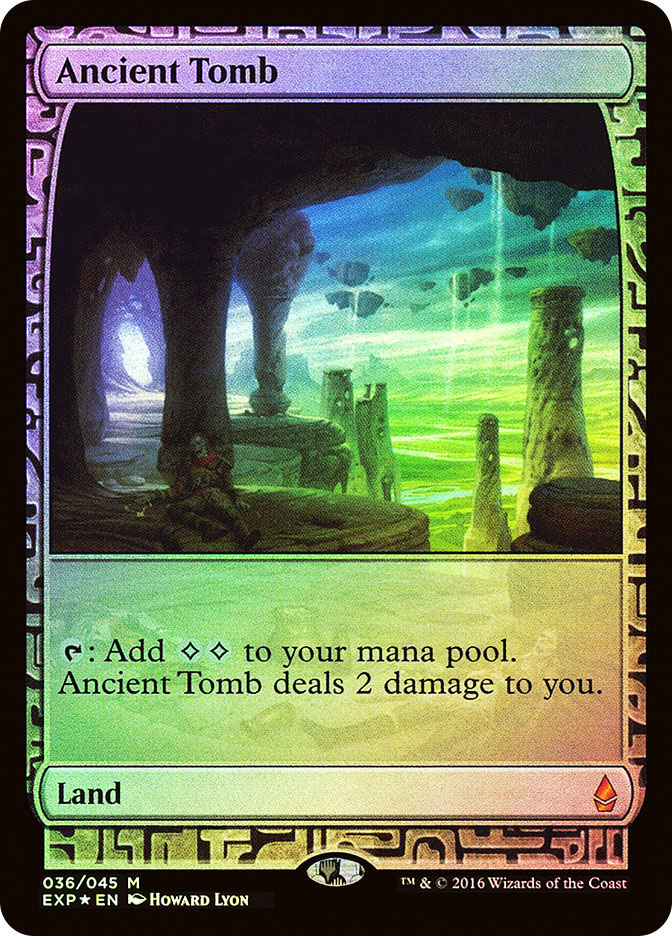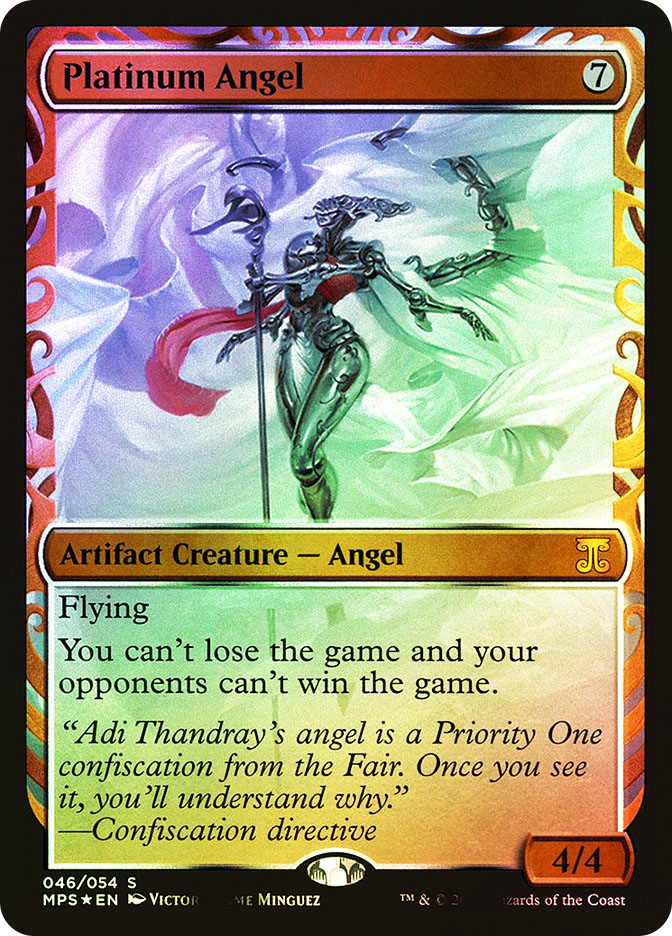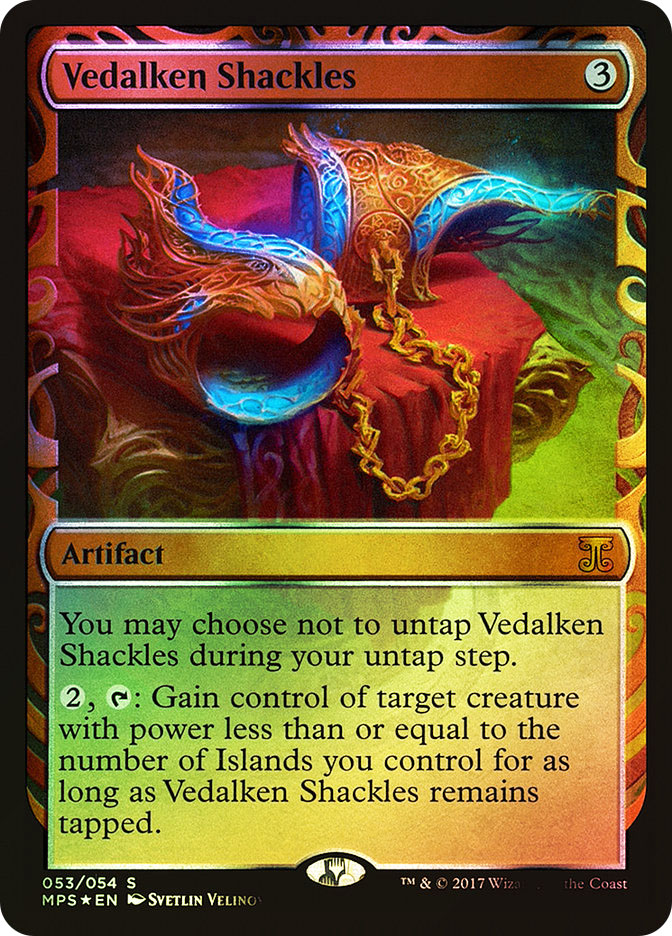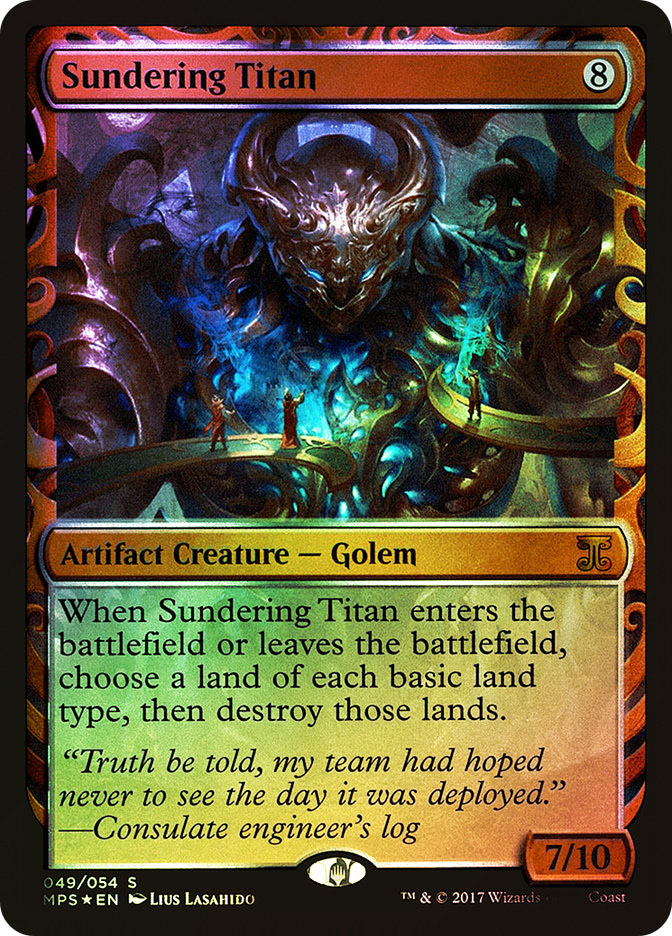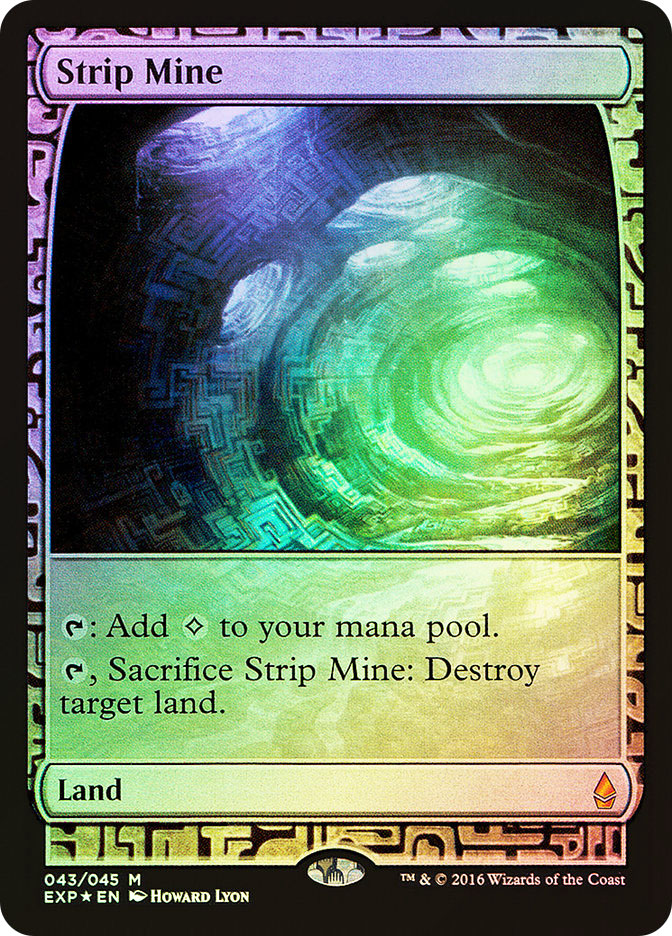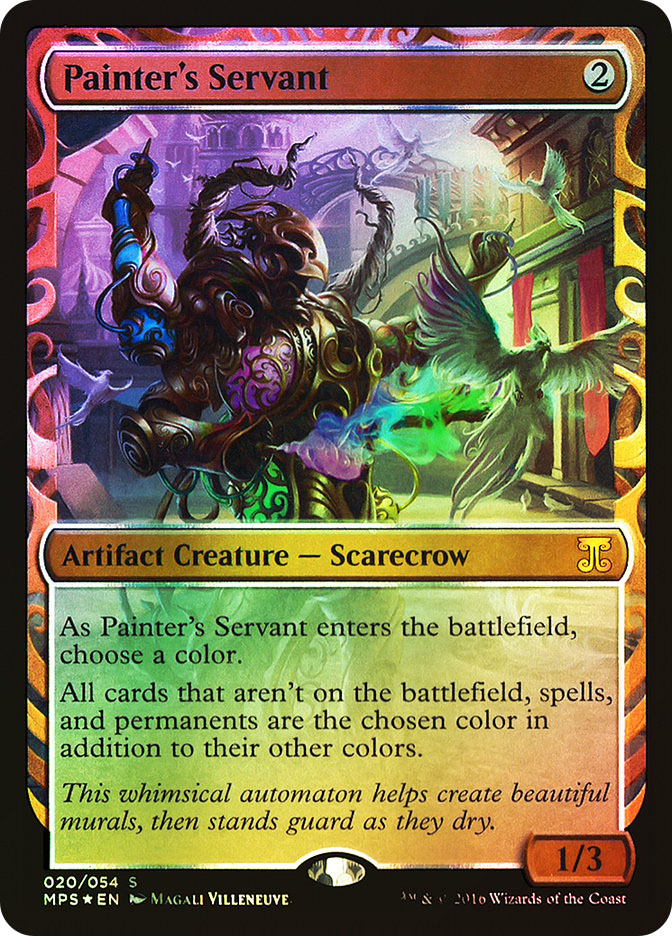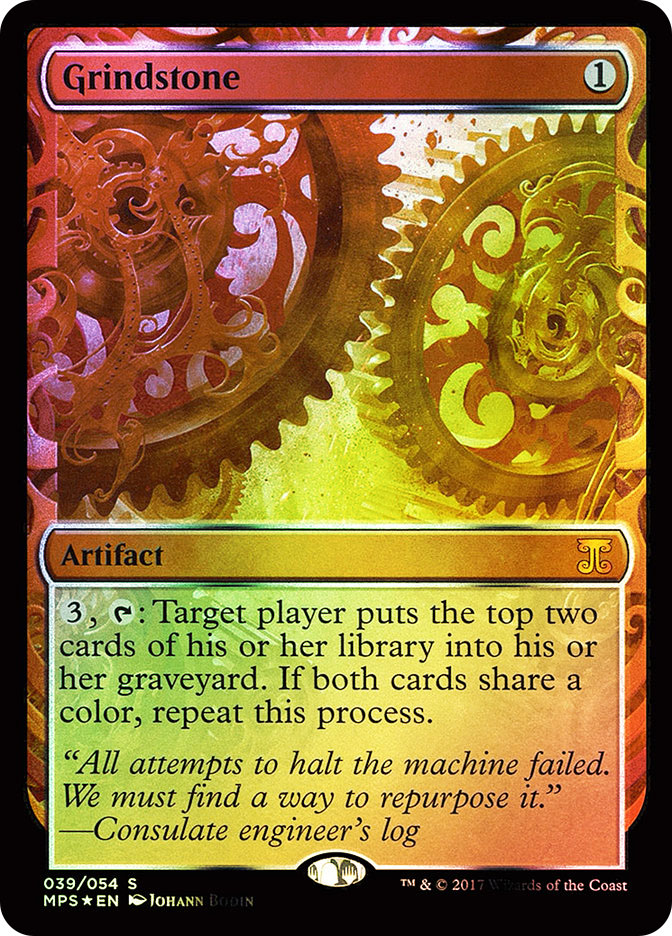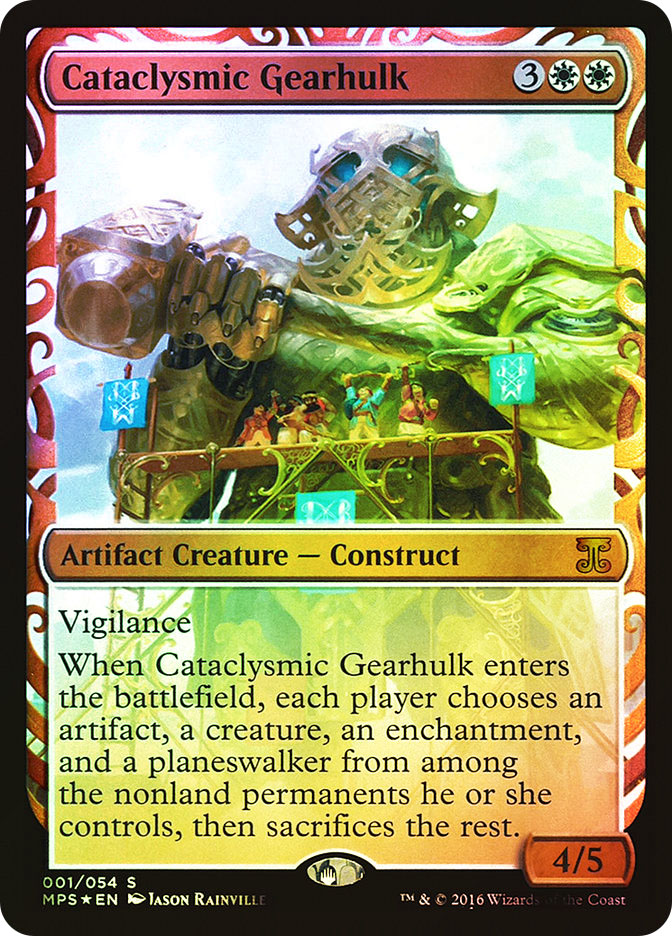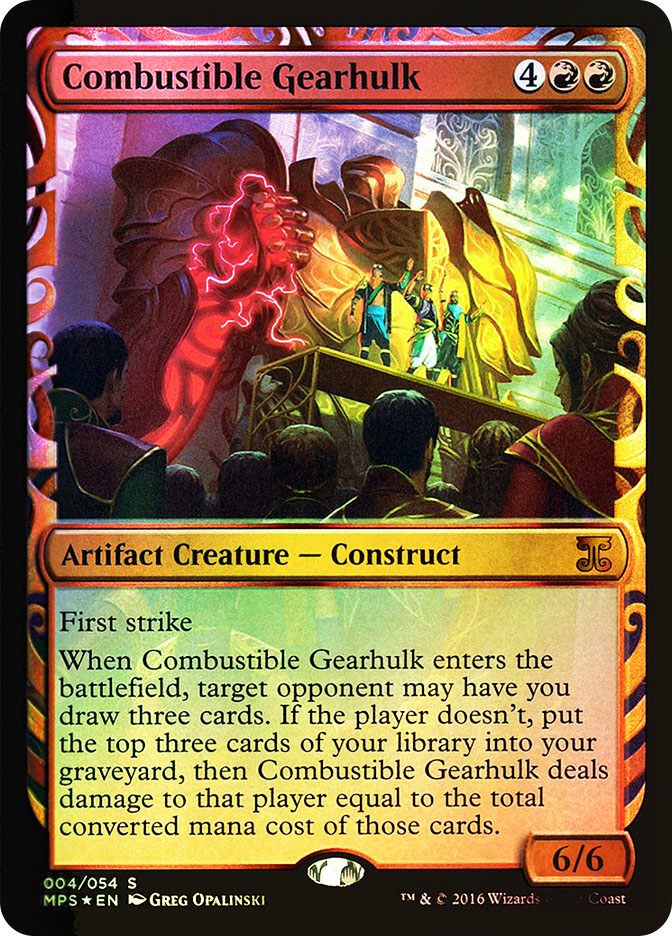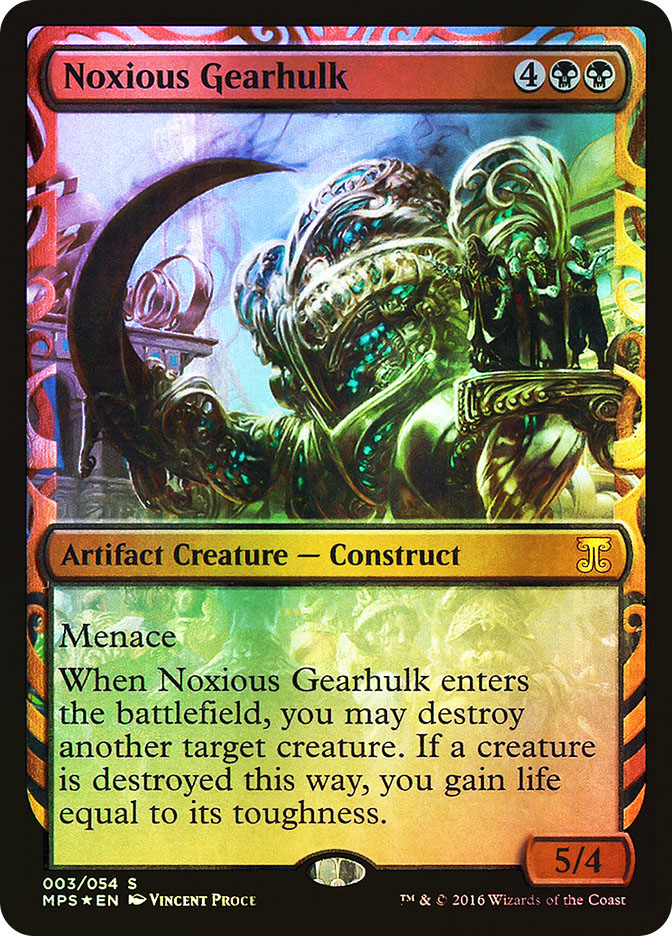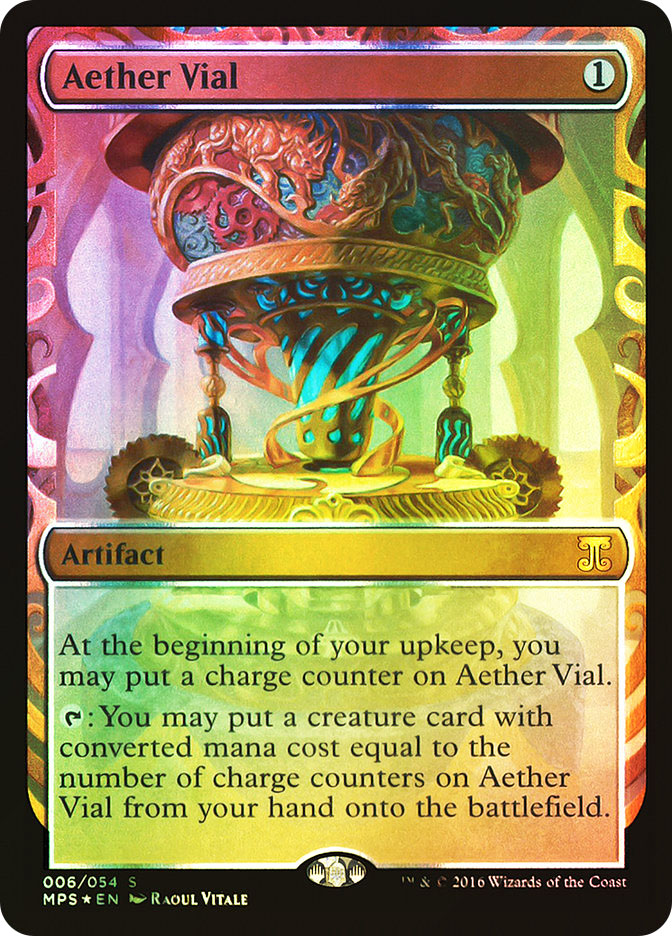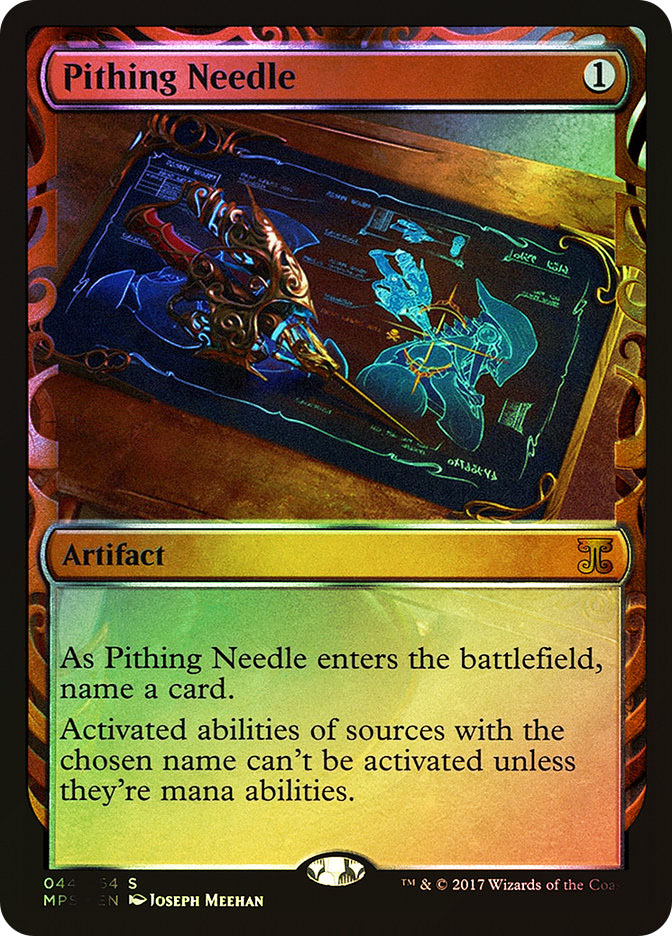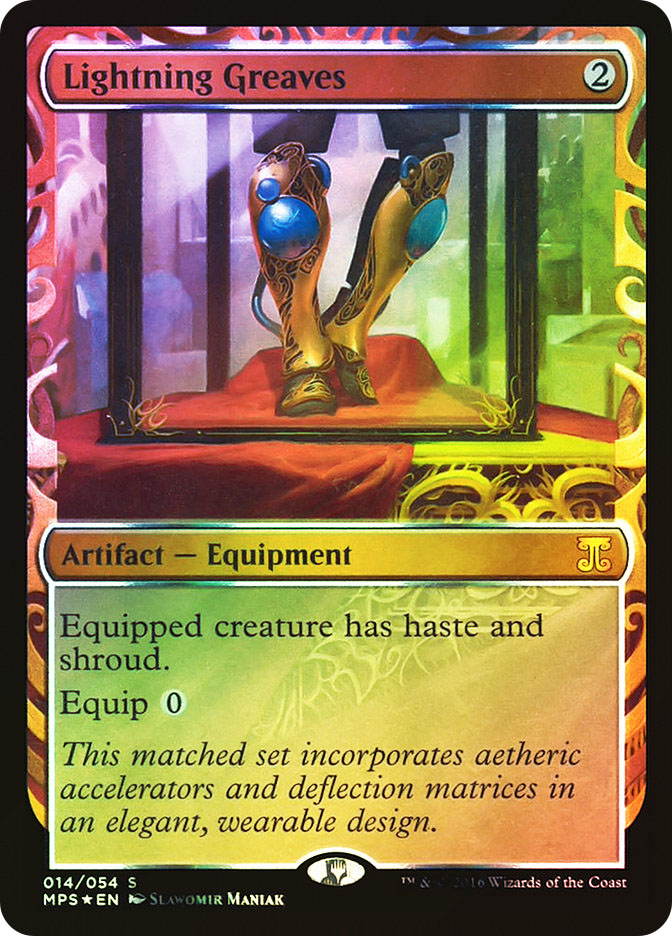Call me optimistic. We have twelve months in front of us, untainted by mistakes, missteps, and waste. We hope for the very best and, as much as we’re in control, we want to do our very best to help make the New Year something special.
Armed with holiday presents, gift cards, and cash, we might also feel pretty wealthy. You know that feeling; you crack the wrapping on a gift card, and immediately, you know what you want. You feel like a king or a queen and, although those monetary gifts won’t last, for a little while, you live like a royal.
Magic already has a way for you to feel like a part of the elite. Joining the cadre of Magic’s biggest (and richest) players is easy when you trick out your cards, whether it’s by foiling out a deck, getting your Commander deck fully altered, or sending off for all of your cards to be signed by the artists who created the visual representations on each card.
Most of these methods were both started and perpetuated by the community. However, starting in 2015 with Battle for Zendikar, we got a legitimate way to modify our game: Masterpieces.
Masterpieces are a way to incentivize the high-dollar players who buy (or win) lots of booster boxes and as a way to surprise the casual player who occasionally buys a booster pack at a big=box retailer. These beautiful cards showcase fantastic artistic renditions of some of Magic’s most hallowed cards, leaning heavily on the theme of the set in which they’re released. Battle for Zendikar and Oath of the Gatewatch feature lands, and Kaladesh and January’s Aether Revolt sport artifacts and artifact creatures as a means to bolster both established archetypes in Eternal formats and new concepts in Standard.
For many Magic players, the Masterpieces are beautiful additions to their collection, yet they are financially out-of-reach to collect in large quantities. Still, that doesn’t mean we can’t have fun with them.
Each of the cards in these mini-sets is a representation of a powerful, game-altering card. We’ve seen Limited formats develop around both Modern Masters and Eternal Masters, so operating in a constricted environment with powerful cards is doable and can be very rewarding, both from an entertainment and a competition perspective.
So what would happen if we made the Expeditions from Battle for Zendikar and Oath of the Gatewatch along with the Inventions from Kaladesh and Aether Revolt, as well as future Masterpiece sets, their own format?
As is, very few of the cards in this set are played in the same formats, and fewer still are in Standard. This leaves us a sterile, but immensely powerful set of cards to play in a tiny format. Only 99 cards will comprise the Masterpieces collections as of Aether Revolt, but each has the potential to play a pivotal role in any deck it’s placed in.
Let’s dig into these 99 cards and find some fun decks!
Well, 99 cards is itself a bit misleading. Let’s look at the cards as a whole as they stand now. Amonkhet and each subsequent Magic expansion will feature Masterpieces, but for now, this is what we have.
Yep. Artifacts, creatures, and lands. No planeswalkers, enchantments, or any kind of single-use spell. Just as some cards are severely underpowered, or even worthless, in a Limited environment, studying what cards are in a format defines the power level of each card individually.
Poor Chrome Mox. What was once one of the strongest cards in Magic history is utterly worthless in this format. With no nonartifact, nonland cards in this format, Chrome Mox cannot imprint anything. If you’re in the market for a Darksteel Relic, Chrome Mox is in there, but if not, I’d steer clear.
Torrential Gearhulk has no instants to target, reducing this two-for-one behemoth to a bulkier, non-flying Skyline Predator. Similarly, Defense Grid does not reduce the cost of anything in this format except, well, Torrential Gearhulk. Cloudstone Curio cannot target artifacts, so it’s limited to nonartifact tokens and lands, which hinders but doesn’t destroy its usefulness.
With artifacts comprising the bulk of what we cast, the role of color changes considerably. The cards we use define the color we need, as opposed to the other way around. Casting spells won’t be a problem in any deck, but getting the right combination of colors to maximize those spells’ effectiveness will be the real challenge.
The absence or restriction of certain card types and functions, such as color fixing, removal, burn, planeswalkers, counterspells, and card selection and draw power make this a format unlike any other Constructed or Limited format. Combining a winning strategy will be a task, and being able to combat your opponent’s strategy will be equally difficult.
Let’s structurally define this format, and we’ll even give it a name.
Masterpiece Constructed
Decks must consist of at least 60 cards and have may have up to fifteen cards in the sideboard.
Decks may only contain cards printed in the Masterpiece subsets from Battle for Zendikar, Oath of the Gatewatch, Kaladesh and Aether Revolt. New expansion sets with Masterpiece subsets will become legal in this format at their Prerelease date. Reprints or older copies of cards in Masterpiece subsets may be used. Besides this, only the six nonsnow basic lands (Plains, Island, Swamp, Mountain, Forest, and Wastes) are legal.
No more than four copies of any one card may be present in the maindeck and the sideboard combined with the exception of the six basic lands.
Gameplay is carried out normally, with twenty starting life, seven cards in your first hand, and mulligans resolved normally.
So now that we’ve defined the format, let’s fiddle around with some of the off-the-wall strategies this kind of format might feature.
First things first: let’s get aggressive.
A format with almost no mass removal and limited single-target removal is a place where aggro decks can be the fast, consistent dominator. The curve on these decks is low, the land count won’t get in the way, and the mana is razor-sharp. With cards like Steel Overseer and the hard-to-block Ornithopter on deck, you’ll be unstoppable.
Creatures (24)
- 3 Solemn Simulacrum
- 4 Arcbound Ravager
- 4 Ornithopter
- 4 Steel Overseer
- 2 Wurmcoil Engine
- 4 Hangarback Walker
- 3 Verdurous Gearhulk
Lands (22)
Spells (14)

Fairly clean design, but with enough depth to really create interesting battlefield states. I particularly like four Black Vises against slower decks or decks that love to draw. Easy for Arcbound Ravager to eat if they’re worthless, and they provide lots of early pressure, even if you can’t get your creature engine going.
Colorless cards are known for producing high amounts of generic mana at a steep cost, and the combination of mana production, invincibility, and untargetability makes a strategy that revolves around Platinum Angel as a protector and a destroyer enticing. Your goal should be to get to the Angel as quickly as possible, protect it, and then fly over for four a turn as your opponent struggles to find the answer.
Creatures (8)
Lands (21)
Spells (31)

Going one color has its pluses when it gives you one of the best targeted removal spells in the format as well as the most unexpected ramp color you can get.
Creatures (18)
- 4 Solemn Simulacrum
- 1 Sundering Titan
- 2 Duplicant
- 4 Wurmcoil Engine
- 4 Hangarback Walker
- 3 Torrential Gearhulk
Lands (27)
Spells (15)

You could also just, you know, make the game no fun for your opponent.
Like, really no fun.
Creatures (8)
Lands (26)
Spells (26)

Combo players probably thought of this one.
Grindstone appears in the Inventions of Aether Revolt, providing the other half of the two-card combo to this format. If you were to play this format, chances are you’d face a healthy amount of this deck.
Creatures (14)
Lands (25)
Spells (22)

Cataclysmic Gearhulk can keep the battlefield clear, and Sword of Light and Shadow keeps you close to a dead Painter’s Servant. Scroll Rack, in combination with Rings of Brighthearth, lets you dig deep into your deck for the two combo pieces. Fetchlands also help Scroll Rack by giving you a fresh stack of cards if the ones you hold aren’t worth much (see: Sensei’s Divining Top or Brainstorm in Legacy.)
Finally, a fun one for the road.
These are probably the format’s best Gearhulks, and adding considerable color to our deck makes for an interesting setup, as well as a possibility for one of Modern’s premier players to shine: Aether Vial.
With its ability to push your plan and sweep away the cards that your opponent’s playing, this combination can create a furious midrange deck with all the sweepers, mana fixers, and big bruisers you could want.
Creatures (17)
- 3 Solemn Simulacrum
- 3 Arcbound Ravager
- 3 Duplicant
- 3 Cataclysmic Gearhulk
- 2 Noxious Gearhulk
- 3 Combustible Gearhulk
Lands (17)
Spells (26)

Sideboarding in this format could be tricky, but some cards stand out.
Many of these cards see sideboard play in established Constructed formats, but they still get a huge upgrade. Pithing Needle is a hard answer for a problem Equipment, Engineered Explosives, Grindstone, Oblivion Stone, or Arcbound Ravager. Once you know what you’re naming, it’s easy to include it. Strip Mine and other colorless lands play a larger role in a format like this, as they allow you to deny your opponents powerful single lands or color. Chalice of the Void, especially facing a deck with zero-cost nonsense, can stuff a deck from turn 1.
In my opinion, a format like this is small, but cavernous. Every new expansion will help it, and in the meantime, you and your friends can throw together “plebeian” copies of these cards and do battle. If you truly want to live large, sleeve up the real versions of these cards for a battle worthy of the royal you hope to be!
In these 99 cards, do you find particular interactions that thrill you to no end? Maybe you can think of some improvements on the strategies presented here? As we look at Masterpieces, the sky’s the limit, and remember, brewing is free!
#GPLouisville Cubing!
So my hometown doesn’t get many GPs. Although this GP is Legacy, a format I both respect and blunder through while playing, I’ll still be there running Cube events on Sunday, January 8th!
I’d like to run three flights of eight people each, no charge, on my Modern Peasant Cube, now in its sixth year! If you’d like to sign up, make sure to send me an email at [email protected] with your first and last name and which time you’d like to play!
10:00 AM
12:30 PM
3:00 PM
That leaves 24 slots. Feel free to ask for multiple slots, but pick a preference; if too many people sign up, I’ll give preference to people who haven’t played yet.
Even if Legacy isn’t your thing, you’ll have some Limited fun lined up on Sunday, as well as the other great side events happening at #GPLouisville. Can’t wait to see you all in the Bluegrass State!


